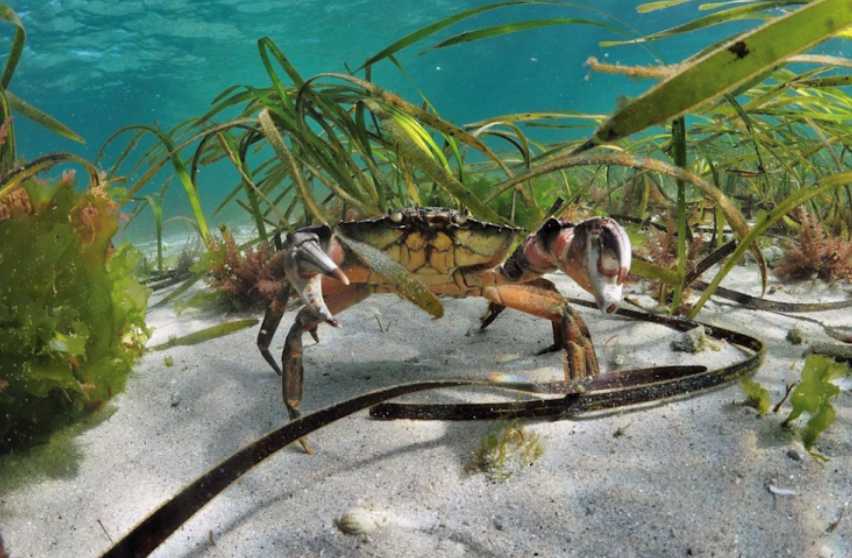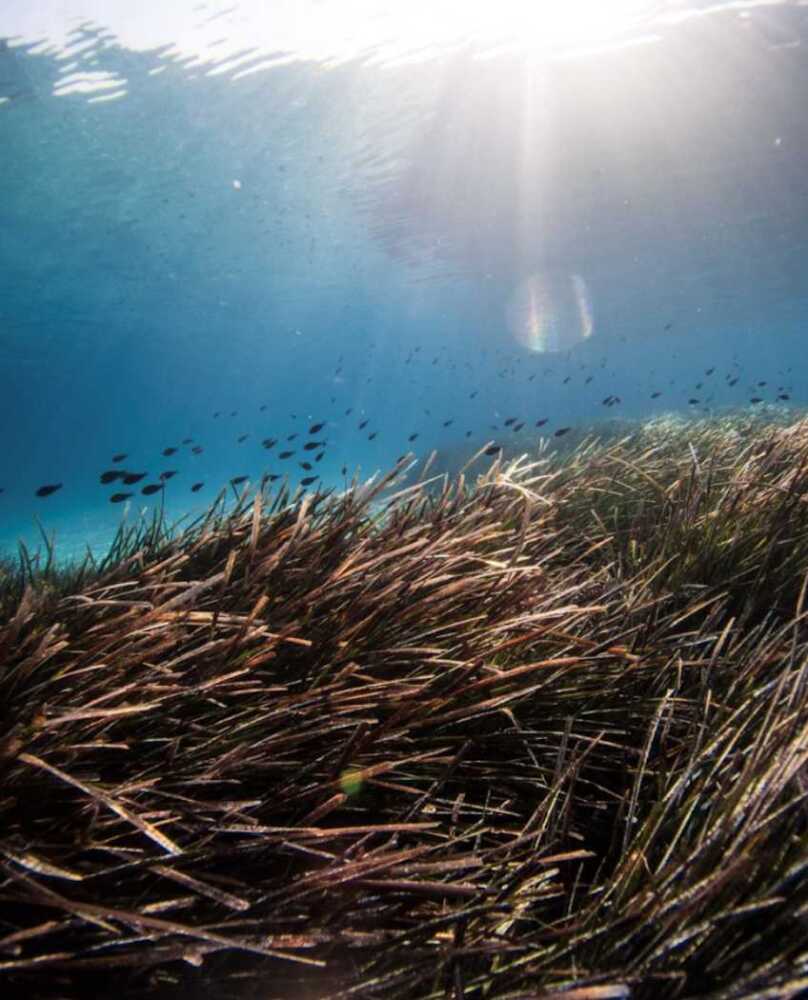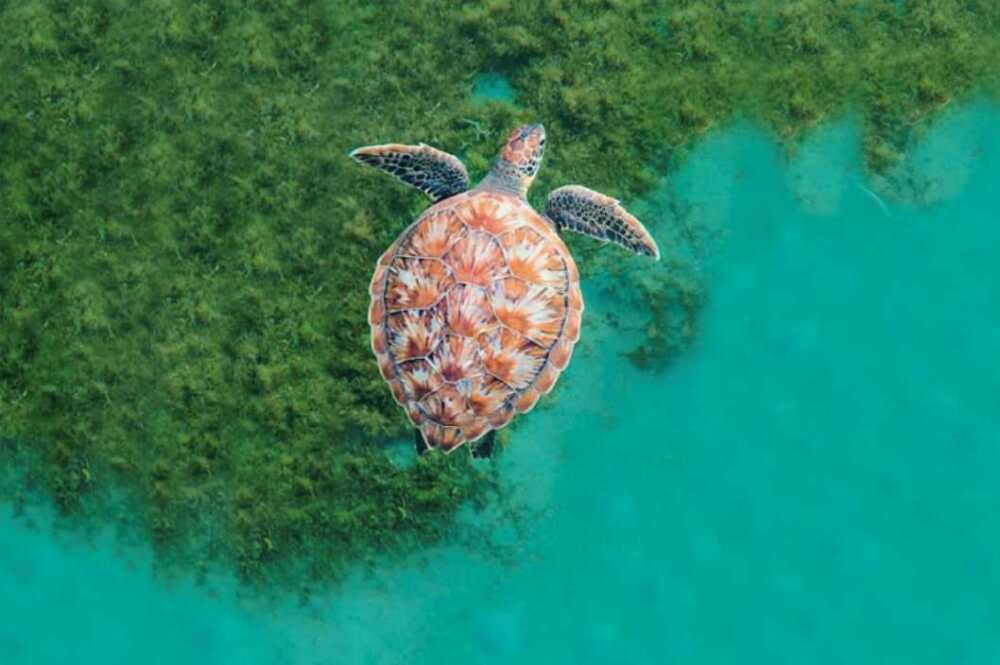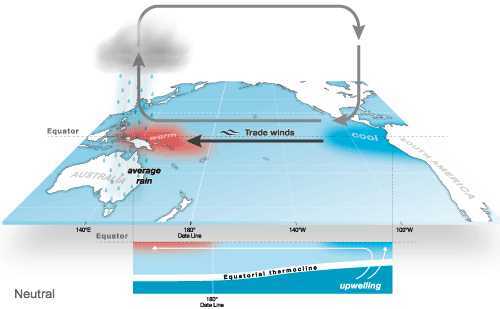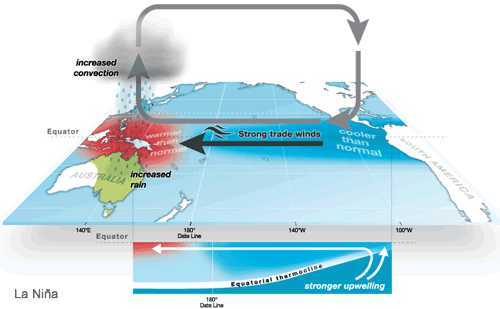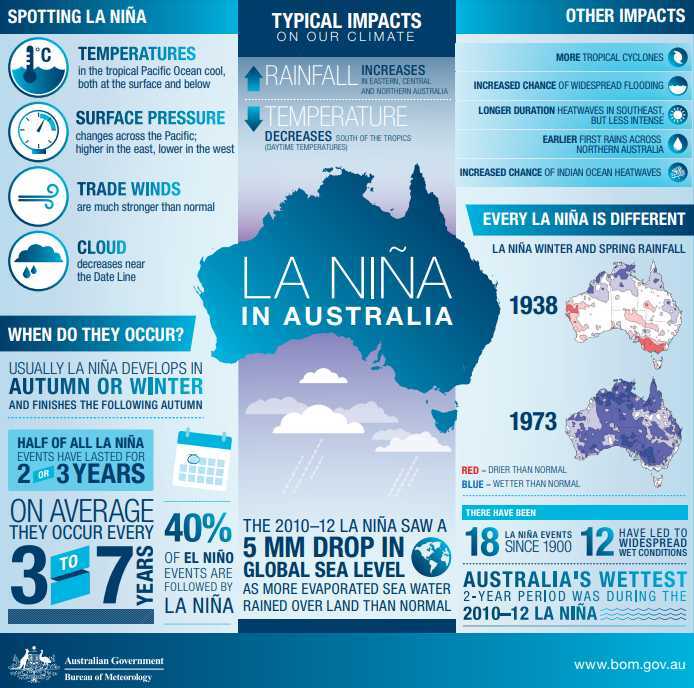Sustainable fisheries are the #1 supporter of marine ecosystems!
Sustainable fisheries are the #1 supporter of marine ecosystems!
This short article will describe how.
Written by: Jaimee Joiner
By 2050, it’s predicted that there will be around 2 billion people on this planet.
That’s a lot of people! And with more people comes more mouths to feed. The production of food to meet this growing population is problematic and seafood may have a huge role in tackling this issue. Not only is seafood nutritious and an environmentally efficient animal-based protein, but more and more people are starting to love and enjoy it.
Seafood production by wild marine fisheries has been increasing over the past 70 years. This increase has predicted the need to supply this growing population with yummy seafood as a readily accessible protein alternative. Although, fisheries must ensure that catch rates of wild fish are sustainable as the resilience of our marine ecosystems and coastal communities depend on sustainable fisheries!
So how are sustainable fisheries the #1 supporter of marine ecosystems?
Sustainable fisheries are those that regulate harvest rates to ensure fish populations stay happy and healthy. Government fishery agencies have a huge role in managing fish populations through stock assessments and ensuring legal limits are maintained.
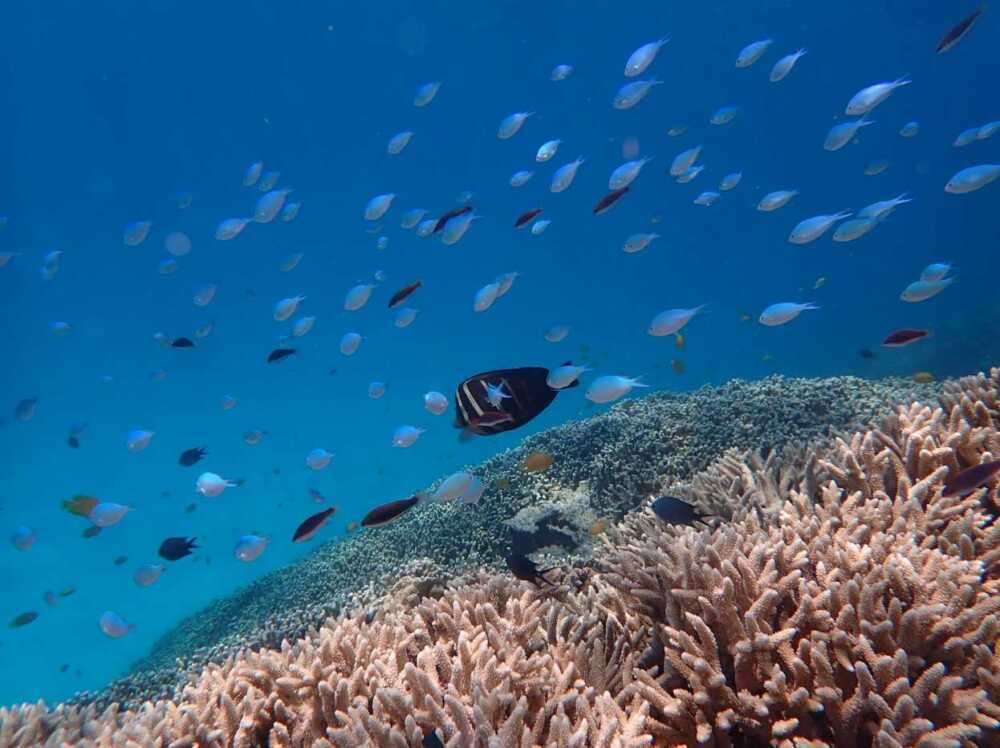
photo cred: Natalie Lobartolo
In short, fishery management strategies such as minimum legal size limits and spawning closures are reliant on adequate knowledge of species biology and ecology.
Whilst completing my Honours thesis at the University of Queensland, I have come to appreciate the importance of research and management. Primarily, it assists to regulate and ensure up-to-date knowledge of species. For the past year, I have been conducting research on pearl perch (a very tasty fish) and reviewing their management strategies across Queensland waters. It always surprises me how effective fishery management consistently starts with accurate scientific information about fish and fisheries.
Even if you live far away from a beach or a coastline, fisheries may still be an important part of your life! And everyone can do their part to ensure our fisheries stay sustainable.
Thinking about having seafood for dinner? Make sure you try and shop sustainably when it comes to your fish. ‘But how do you know if your seafood is sustainable?’ you ask. The best way is to check out GoodFish, Australia’s Sustainable Seafood Guide. Check it out here: https://goodfish.org.au/
Are you like me and enjoying making the most of a sunny day to fish for your own dinner? Make sure you adhere to state limits regarding fish size and seasonal restrictions. For more information on current catch limits within Queensland have a look at the government’s website: https://www.qld.gov.au/recreation/activities/boating-fishing/rec-fishing/rules/limits-tidal
Here’s to keeping our fishies happy, well into the future!
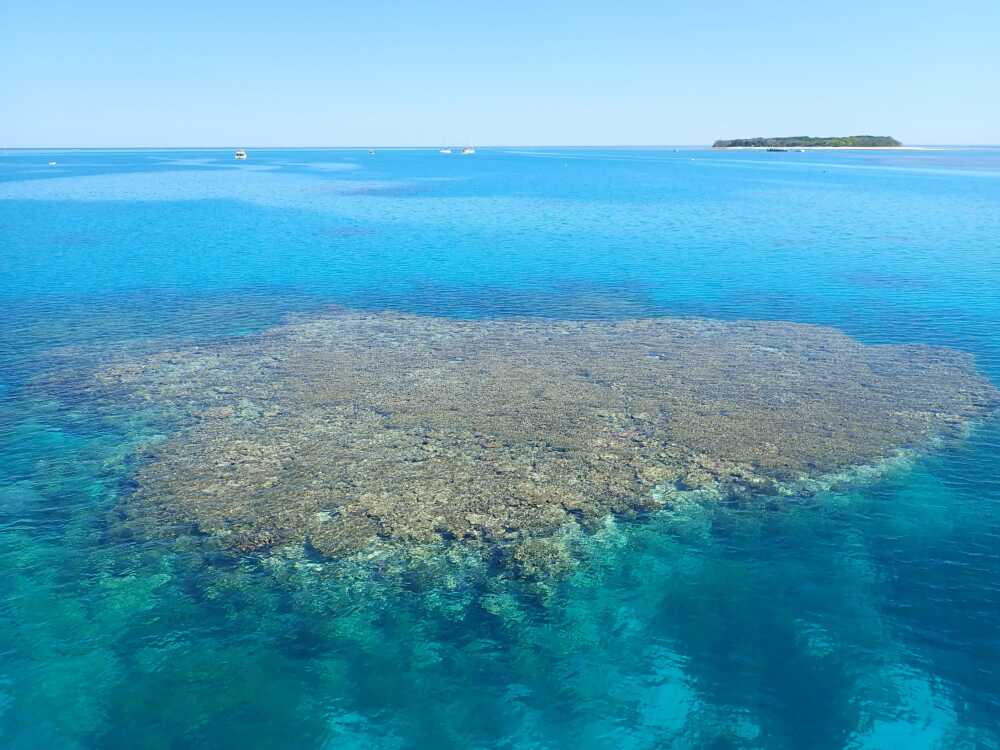
photo cred: Natalie Lobartolo
Wanna have more interesting reads about the importance of reef systems? And how you can help them from home, and travel with minimal impact? Visit our blog page for weekly updates!

